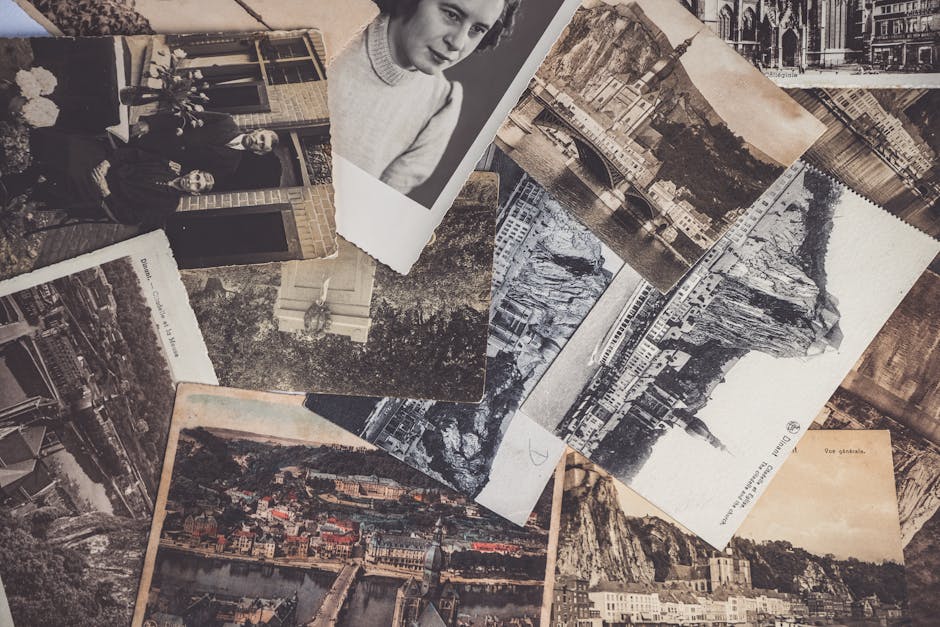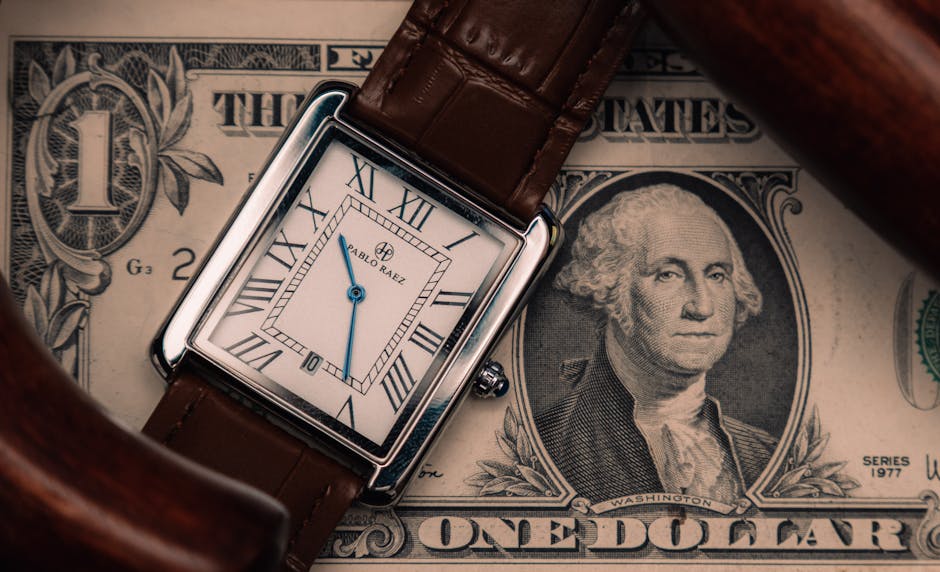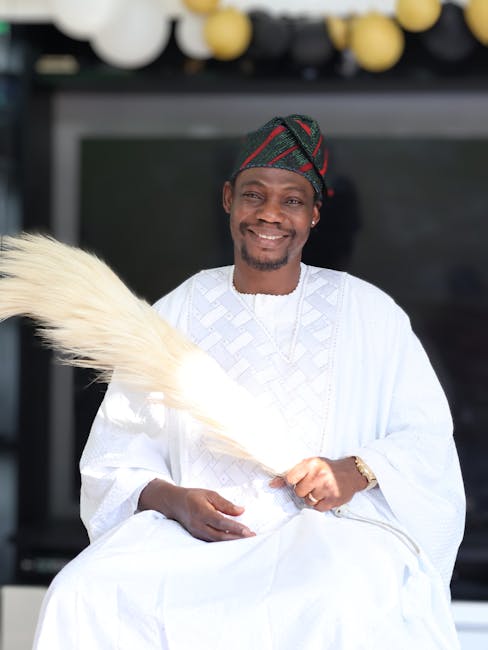In an age marked by conflict, political instability, and the ever-present threat of censorship, preserving history can be a daunting, even dangerous, undertaking. Sometimes, official records disappear, personal accounts are suppressed, and entire narratives are deliberately erased. But what happens when the tangible evidence of the past vanishes? A groundbreaking photographer is employing a unique approach to confront this challenge: blending meticulous archival research, powerful survivor testimonies, and innovative image generation techniques to breathe new life into stories lost to the shadows of censorship.
The Genesis of a Project: A Response to Erasure
The project, recently featured in The Verge, arose from a profound sense of frustration and a deep commitment to ensuring that the voices of the silenced are not forgotten. The disappearance of photographs and personal stories during periods of political upheaval is a recurring tragedy throughout history, and the photographer witnessed firsthand how entire archives could vanish almost overnight, effectively rewriting the past. The immediate trigger was the realization that the conventional methods of historical preservation were often insufficient to combat the systematic suppression of truth. It became clear that a new, more inventive approach was necessary to confront this form of cultural destruction.
How Technology Facilitates Memory Reconstruction
A Collaborative Process: Listening to the Voices of the Past
The photographer’s process is remarkably collaborative, prioritizing the perspectives of those who directly experienced the events being reconstructed. It begins with extensive interviews. Survivors, family members, and community historians are given the space to share their memories—memories of individuals, places, and occurrences that have been deliberately scrubbed from the official record. These accounts form the bedrock of the project, providing the emotional and contextual depth that is crucial for conveying the weight of the lost histories. The process of eliciting these memories is inherently sensitive, requiring immense patience and an unwavering commitment to honoring the lived experiences of those who have endured hardship and loss.
Weaving Fragments Together: Cross-Referencing Oral Histories
The oral histories aren’t treated in isolation. They are rigorously cross-referenced with whatever fragments of evidence remain. This might include faded documents salvaged from attics, smuggled snapshots painstakingly preserved through decades of adversity, or fragmented news clippings that offer glimpses into a world that no longer exists. Every piece of information, no matter how small or seemingly insignificant, is meticulously scrutinized and compared to other accounts to build a coherent and nuanced understanding of the events.
Image Generation as Interpretation: Evoking, Not Replicating
The core of the project lies in the use of image generation. However, it’s crucial to understand that the goal isn’s literal replication. The photographer doesn’t aim to recreate the vanished photographs with perfect accuracy. Instead, the process focuses on evoking the essence of what was lost. Detailed descriptions derived from interviews, alongside the emotions and context surrounding the events, are carefully fed into the image generation algorithms. The algorithms respond by producing images that act as visual echoes – haunting representations that capture the spirit of the lost originals. The results are profoundly evocative; the artist carefully controls the process to create images that resonate with the emotional truth of the stories.
Art as a Form of Resistance: Challenging the Power of Erasure
This project is far more than a preservation effort; it’s a powerful act of protest. By reconstructing censored images, the photographer directly challenges the authority of those who seek to control the narrative and dictate what is remembered – and what is forgotten. The images aren’t confined to a purely academic or historical context; they are intentionally brought to a wider audience. The images are displayed in galleries, published in books, and shared online, prompting crucial conversations about truth, erasure, and the role that technology plays in shaping our collective memory.
Sparking Dialogue: Public Engagement and Collective Remembrance
The act of displaying these AI-generated images in public spaces isn’t accidental. It’s a deliberate effort to ignite dialogue and encourage critical reflection on the power of censorship and the importance of safeguarding historical truth. The project aims to create a space for remembrance and to empower communities to reclaim their own narratives. By engaging the public in this way, the photographer hopes to foster a deeper appreciation for the fragility of memory and the importance of resisting attempts to manipulate or suppress it.
Navigating the Complexities of Memory in the Digital Age
The emergence of this technology also raises profound philosophical questions. Can an AI-generated image truly stand in for a vanished photograph, a tangible artifact of the past? What is gained, and, perhaps more importantly, what is lost, when memory is filtered through algorithms? Does the act of creation inherently introduce a layer of interpretation that obscures the original truth? These are questions that the photographer readily acknowledges and embraces.
The Impermanence of Representation: A Living Archive
Instead of attempting to provide definitive answers, the photographer views the project as a living archive, inherently imperfect, continuously evolving, and open to interpretation. The evolving nature of the project is intentional; as new information emerges or perspectives shift, the images can be revisited and revised. This fluid approach acknowledges that historical understanding is not static, but rather a process of ongoing discovery and reevaluation. The project also aims to act as a platform for further research and documentation, encouraging others to contribute to the ongoing process of reconstructing lost histories. It’s a testament to the inherent incompleteness of all historical records.
The Essence of Hope: Reclaiming Narratives, Rebuilding Communities
The artist’s technology-powered reconstructions represent more than just visual representations; they embody acts of remembrance, expressions of resistance, and beacons of hope. In an era when censorship poses a relentless threat to erase not only facts but entire lives, technology becomes a vital tool to reclaim and reimagine the past. Through a potent combination of collaboration, creative exploration, and the capabilities of image generation, lost stories find new pathways to be seen and heard.
Looking Ahead: The Future of Historical Preservation
The project serves as a compelling illustration of the potential for technology to facilitate historical preservation in the face of adversity. It opens up exciting possibilities for other historians, artists, and community organizations seeking to recover and share narratives that have been suppressed or marginalized. While challenges remain—particularly in addressing the ethical implications of using algorithms to reconstruct memories—the potential benefits of this approach are undeniable. The future of historical preservation may very well depend on our ability to harness the power of technology in responsible and creative ways, ensuring that the voices of the past are never silenced.




Leave a Reply
You must be logged in to post a comment.